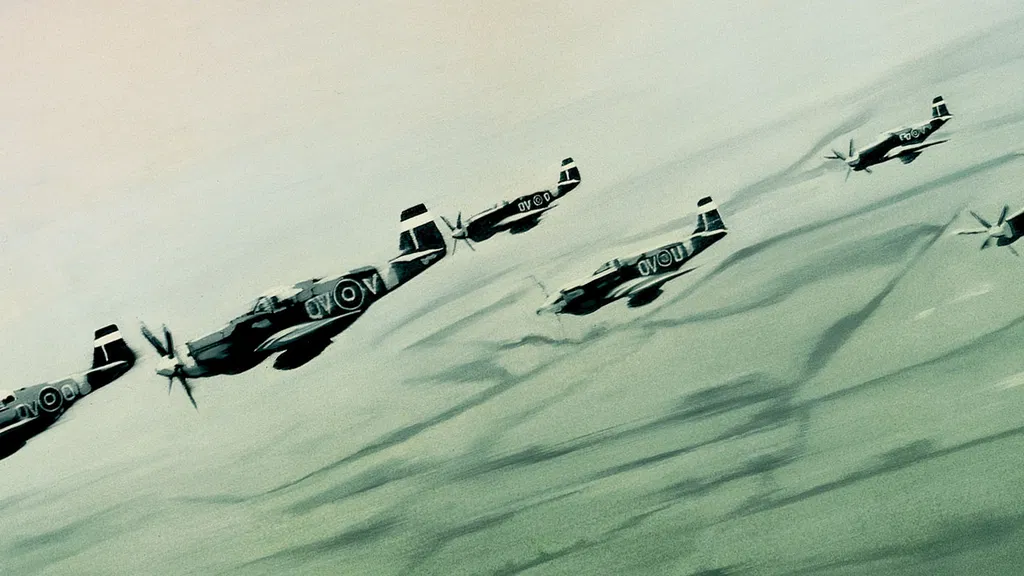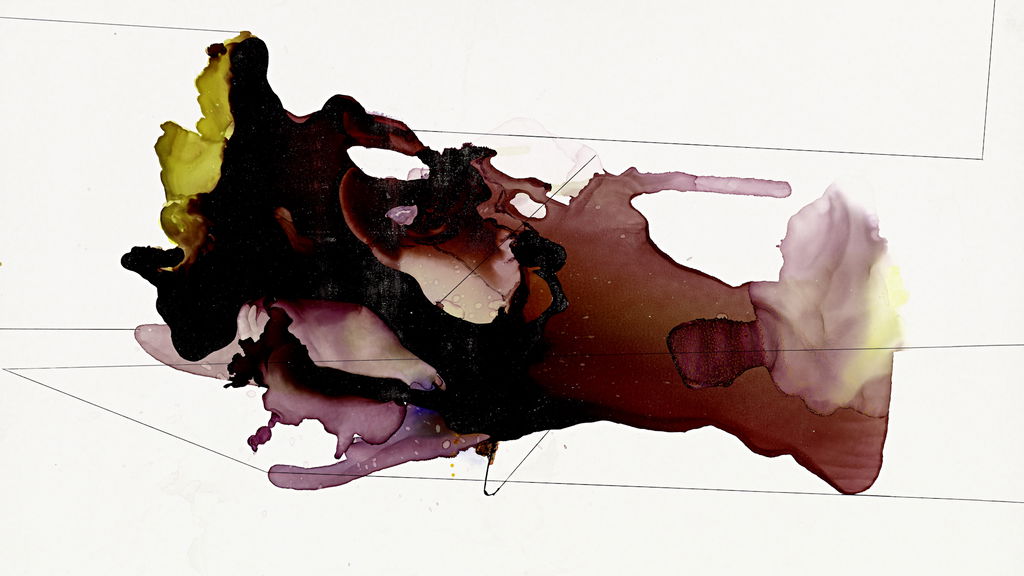Home
Talks
What is: Ceramic Art?
What is: Ceramic Art?
Ceramic is one of the most ubiquitous and ancient arts. Its purpose can be domestic, decorative, ritualistic or pure artistic expression, with form and function varying hugely across time and cultures.
Director of the Sainsbury Centre for Visual Arts Paul Greenhalgh invites us to connect with the emotional resonance of ceramic, exploring the beauty and mystery of an art that belongs everywhere and to all people.
Time Period:
Various
Themes:
Paul Greenhalgh is a writer and curator, Director of the Sainsbury Centre for Visual Arts, and Professor of Art History at the University of East Anglia (UK). His previous roles Include Director and President of the Corcoran Gallery of Art (Washington DC), President of NSCAD (Canada), and Head of Research at the V&A Museum.
His books include Ephemeral Vistas (1989), Modernism in Design (1993), Art Nouveau 1890-1914 (2000), The Modern Ideal (2004), Fair World (2012), L'Art Nouveau: la révolution décorative (2013), and Ceramic, art, and civilisation (2020).
He has chaired and served on various boards and committees, including the British Government's Research Excellence Framework for Art and Design (2010-2014), the University of Edinburgh's Arts Advisory Committee (2010-2015), the Bureau International des Expositions, Paris, and the Winston Churchill Memorial Trust.
Watch More
Watch More

10:32
The Secrets of the Witham Shield
Teach your eyes to see the powerful symbols hidden in Celtic designs.

9:08
Josiah Wedgwood: Tycoon of Taste
Tristram Hunt traces how Josiah Wedgwood changed the face of the decorative arts in Britain with his ambitious pottery designs.

8:37
'Swingeing London': Art, Drugs and Wormwood Scrubs
Harriet Vyner discusses the image which symbolised the establishment's backlash to the 'Summer of Love'.

10:32
The Secrets of the Witham Shield
Teach your eyes to see the powerful symbols hidden in Celtic designs.

9:08
Josiah Wedgwood: Tycoon of Taste
Tristram Hunt traces how Josiah Wedgwood changed the face of the decorative arts in Britain with his ambitious pottery designs.

8:37
'Swingeing London': Art, Drugs and Wormwood Scrubs
Harriet Vyner discusses the image which symbolised the establishment's backlash to the 'Summer of Love'.

12:00
Gerhard Richter: Doubt
‘He disturbed my sense of what art should be.’ — Robert Storr on Gerhard Richter

15:48
Gerhard Richter: Drawings
‘The drawings are traces of a life, creating territories in relation to limits and potentials. Communications transmitted to whoever will regard them.’ — Prof. Michael Newman

7:35
A Portrait of Humanity: The Compelling Story of Ayuba Suleiman Diallo
Discover the unexpected tale that lies behind ‘the face of abolition’, as painted by William Hoare.